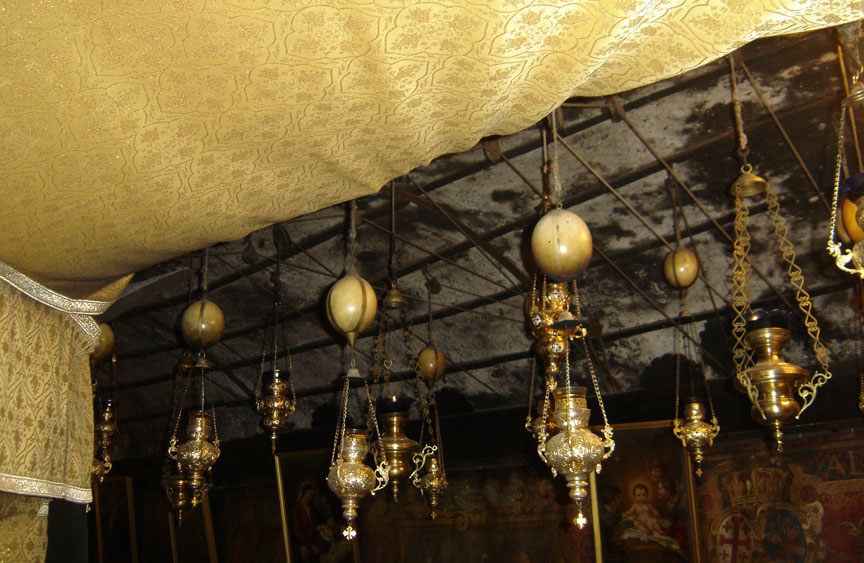

Church of the Nativity
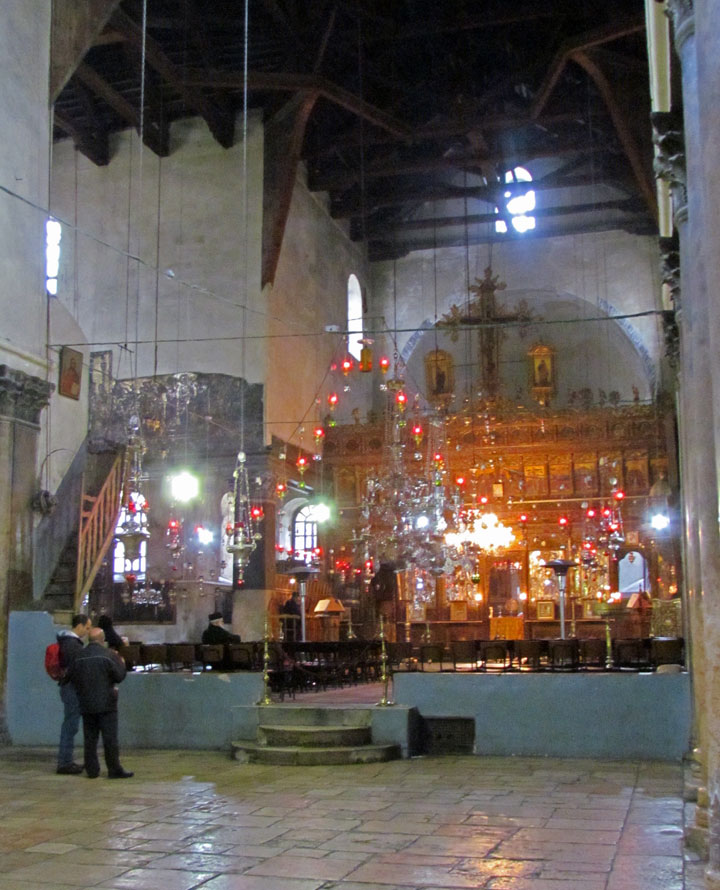
Church of the Nativity
built by Justinian I in 565
The Church of the Nativity (Arabic: كنيسة المهد) in Bethlehem is one of the oldest continuously operating churches in the world. The structure is built over the cave that tradition marks as the birthplace of Jesus of Nazareth, and thus it is considered sacred by Christians. The site is also revered by followers of Islam.
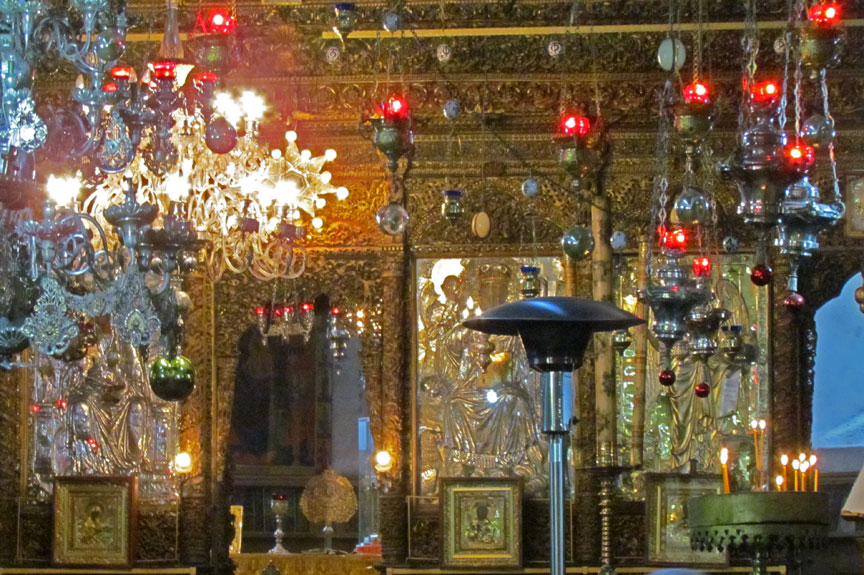
The antiquity of this tradition is attested by the Christian apologist Justin
Martyr (c. 100 - 165), who noted in his Dialogue with Trypho that the Holy
Family had taken refuge in a cave outside of town.
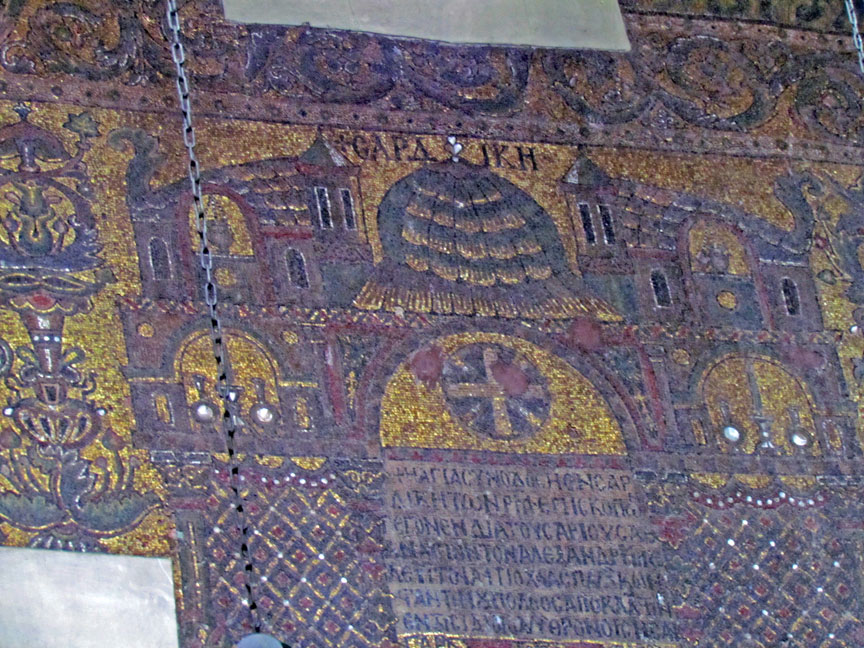
Joseph took up his quarters in a certain cave near the village; and while they
were there Mary brought forth the Christ and placed Him in a manger, and here
the Magi who came from Arabia found Him.(chapter LXXVIII).

Origen of Alexandria (185 AD–ca. 254)
wrote:
In Bethlehem the cave is pointed out where He was born, and the manger in the
cave where He was wrapped in swaddling clothes. And the rumor is in those
places, and among foreigners of the Faith, that indeed Jesus was born in this
cave who is worshipped and reverenced by the Christians. (Contra Celsum, book I,
chapter LI).
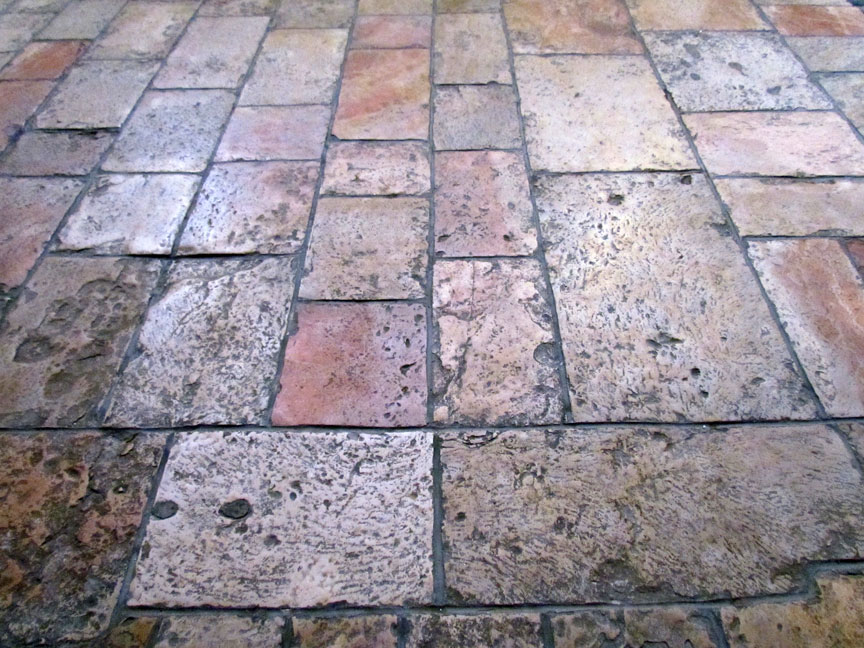
The first basilica on this site was begun by Saint Helena, the mother of the Emperor Constantine I. Under the supervision of Bishop Makarios of Jerusalem, the construction started in 327 and was completed in 333. That structure was burnt down in the Samaritan Revolt of 529.
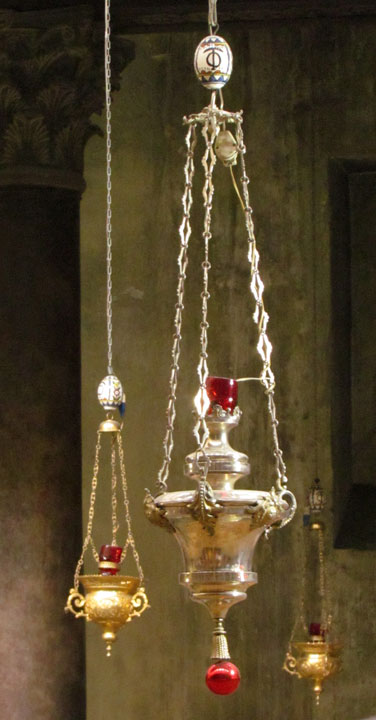
The current basilica was rebuilt in its present form in 565 by the Emperor
Justinian I. When the Persians under Chosroes II invaded in 614, they
unexpectedly did not destroy the structure. According to legend, their commander
Shahrbaraz was moved by the depiction inside the church of the Three Magi
wearing Persian clothing, and commanded that the building be spared. The
Crusaders made further repairs and additions to the building during the Latin
Kingdom of Jerusalem with permission and help given by the Byzantine Emperor,
and the first King of Jerusalem was crowned in the church. Over the years, the
compound has been expanded, and today it covers approximately 12,000 square
meters. The church was one of the direct causes for French involvement in the
Crimean War against Russia.
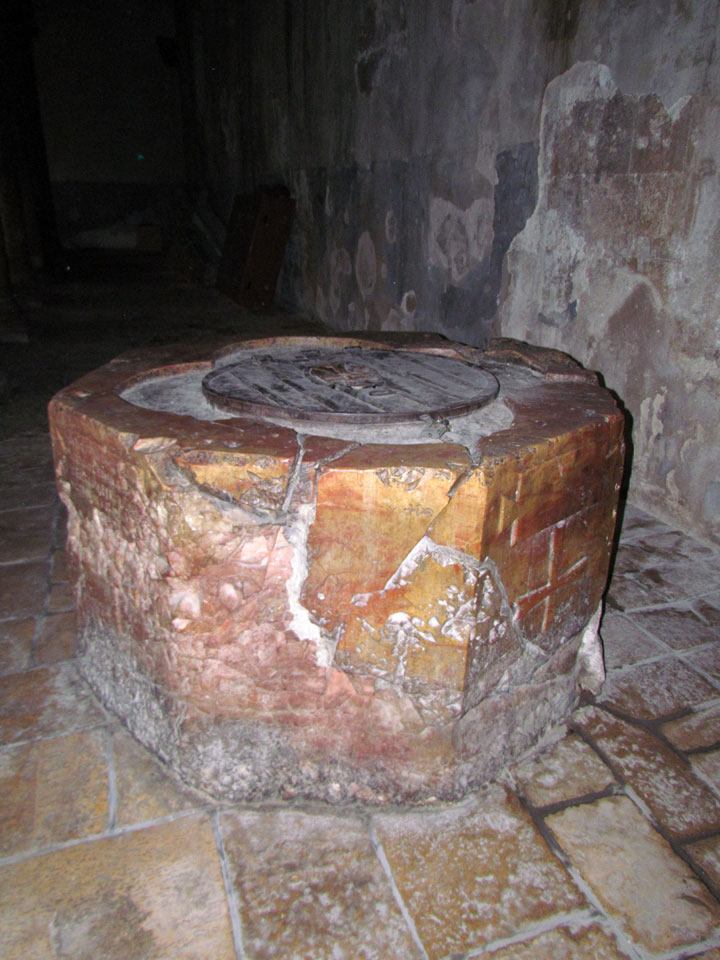
The church is administered jointly by Roman Catholic, Greek Orthodox and
Armenian Apostolic authorities. All three traditions maintain monastic
communities on the site.
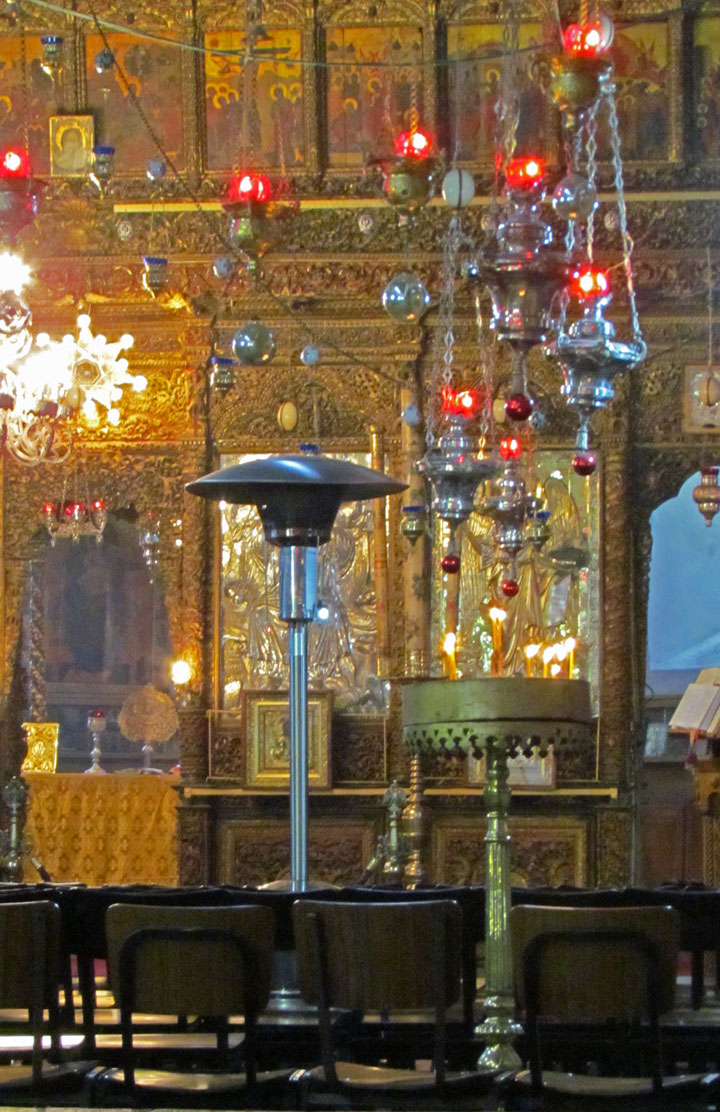
The structure is actually a combination of two churches, with a crypt
beneath—the Grotto of the Nativity—where Jesus was born:
Interior of the Church of the Nativity
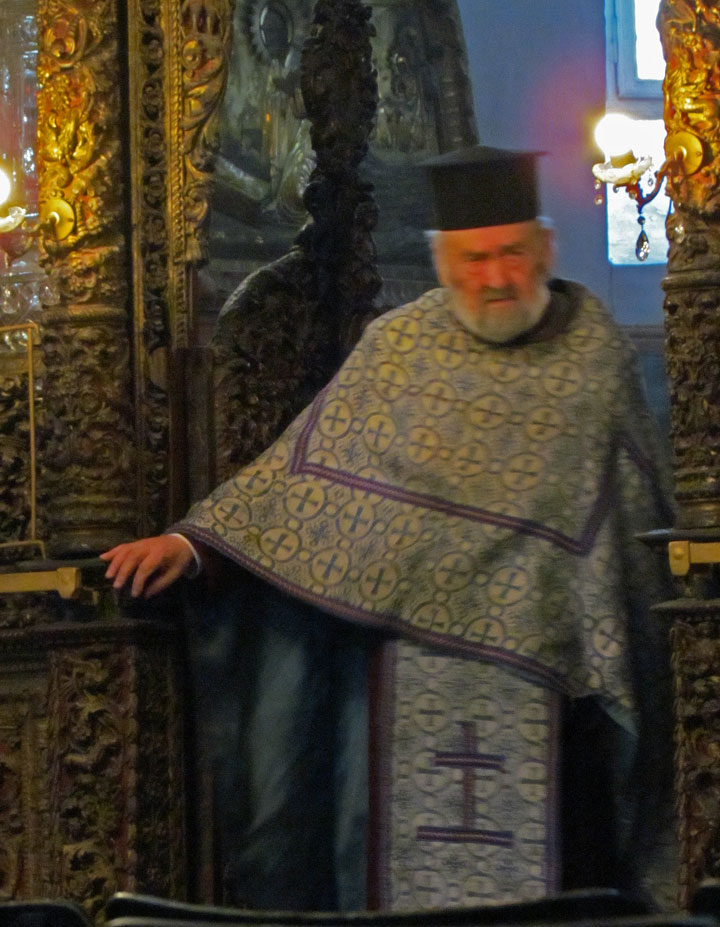
* The main Basilica of the Nativity is maintained by the Greek Orthodox
Patriarchate of Jerusalem. It is designed like a typical Roman basilica, with
five aisles (formed by Corinthian columns) and an apse in the eastern end, where
the sanctuary is. The church features golden mosaics covering the side walls,
which are now largely decayed. The basilica is entered through a very low door,
called the "Door of Humility." The original Roman style floor has since been
covered over, but there is a trap door in the modern floor which opens up to
reveal a portion of the original mosaic floor. The church also features a large
gilded iconostasis, and a complex array of lamps throughout the entire building.
The wooden rafters were donated by King Edward IV of England. The same king also
donated lead to cover the roof; however, this lead was later taken by the
Ottoman Turks, who melted it down for ammunition to use in war against Venice.
Stairways on either side of the Sanctuary lead down by winding stairs to the
Grotto.
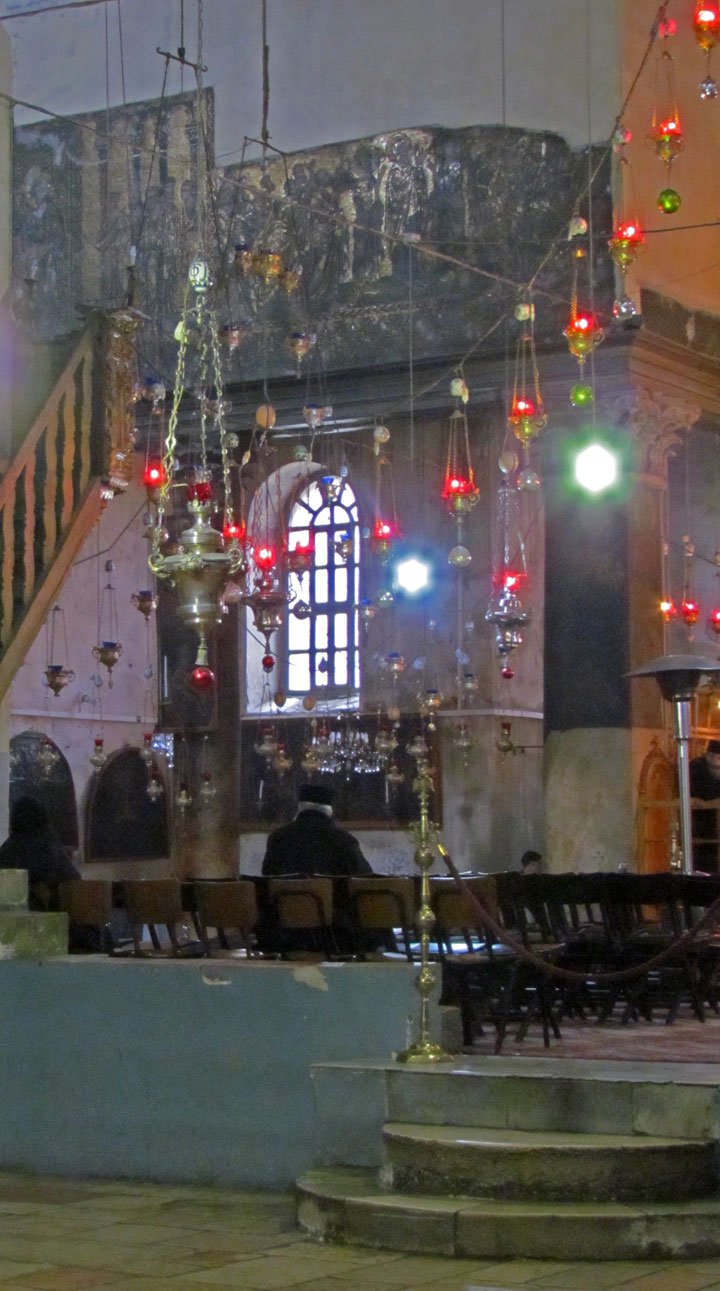
* The adjoining Church of St. Catherine, the
Roman Catholic Church, was
built in a more modern Gothic revival style, and has since been further
modernized according to the liturgical trends which followed Vatican II. This is
the church where the Latin Patriarch of Jerusalem celebrates Midnight Mass on
Christmas Eve. Certain customs still observed in this Midnight Mass predate
Vatican II, but must be maintained because the "status quo" (the customs, rights
and duties of the various church authorities that have custody of the Holy
Places) was legally fixed by a firman in 1852, under the Ottoman Empire, that is
still in force to this day.
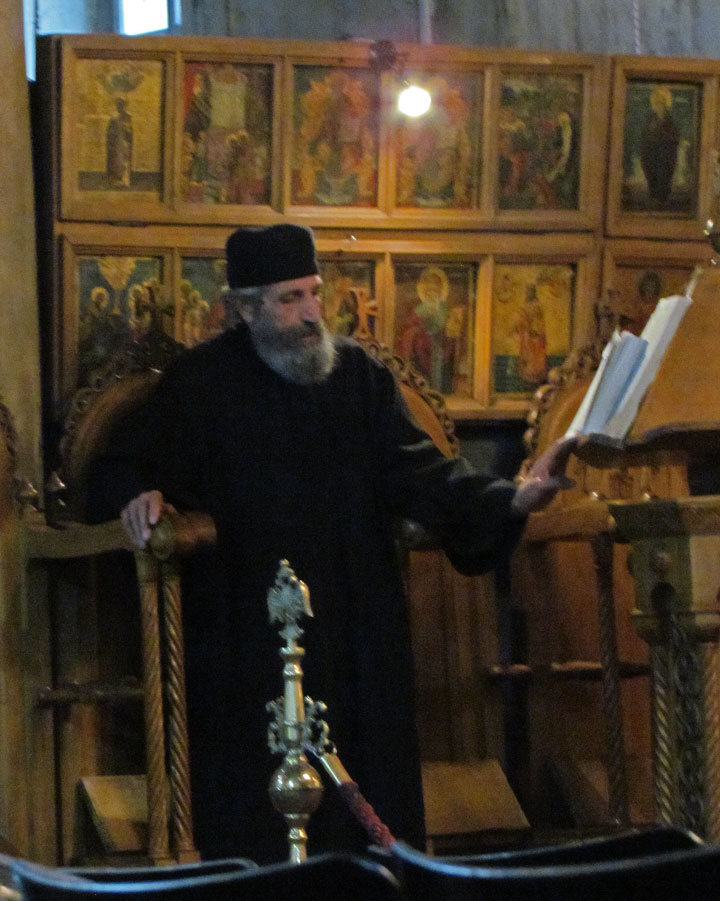

* The Bas-relief of the Tree of Jesse is a large work by well-known religious
sculptor Czesław Dźwigaj which was recently incorporated into the Church of St.
Catherine as a gift of Pope Benedict XVI during his trip to the Holy Land in
2009. Measuring in at 3.75 by 4 metres (12.3 by 13 ft), its corpus represents an
olive tree figuring as the Tree of Jesse displaying Christ's lineage from
Abraham through St. Joseph along with other biblical motifs. Situated along the
passage used by pilgrims making their way to the Grotto of the Nativity, the bas
relief also incorporates symbolism from the Old Testament. The upper portion is
dominated by a crowned figure of Christ the King in an open armed pose blessing
the Earth.

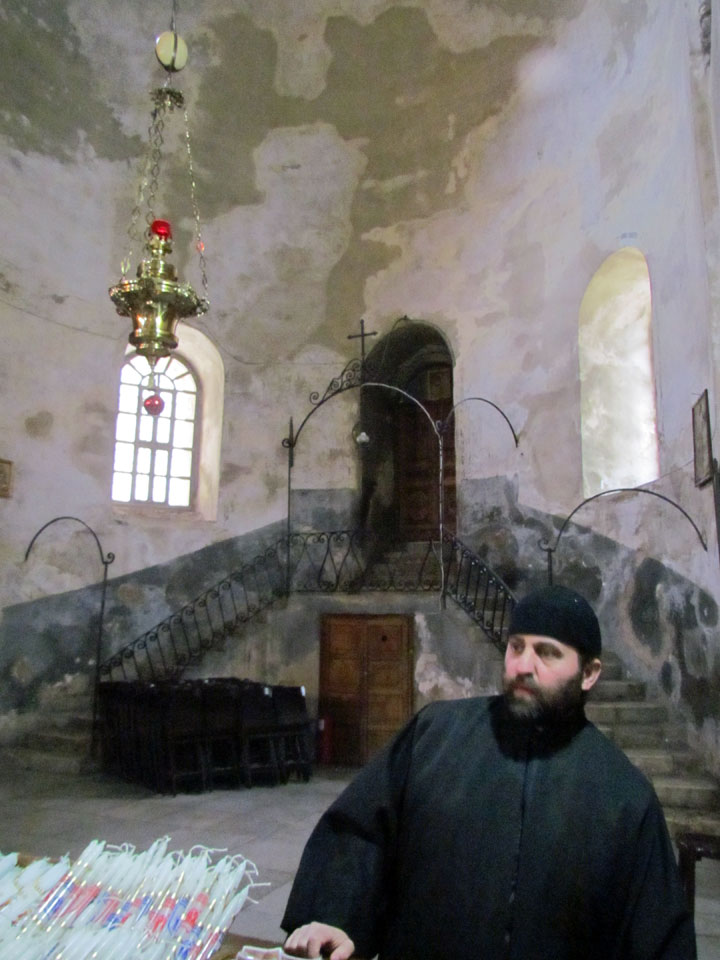
* The Grotto of the Nativity, an underground cave located beneath the basilica,
enshrines the site where Jesus is said to have been born. The exact spot is
marked beneath an altar by a 14-pointed silver star set into the marble floor
and surrounded by silver lamps. This altar is denominationally neutral, although
it features primarily Armenian Apostolic influences. Another altar in the
Grotto, which is maintained by the Roman Catholics, marks the site where
traditionally Mary laid the newborn Baby in the manger.
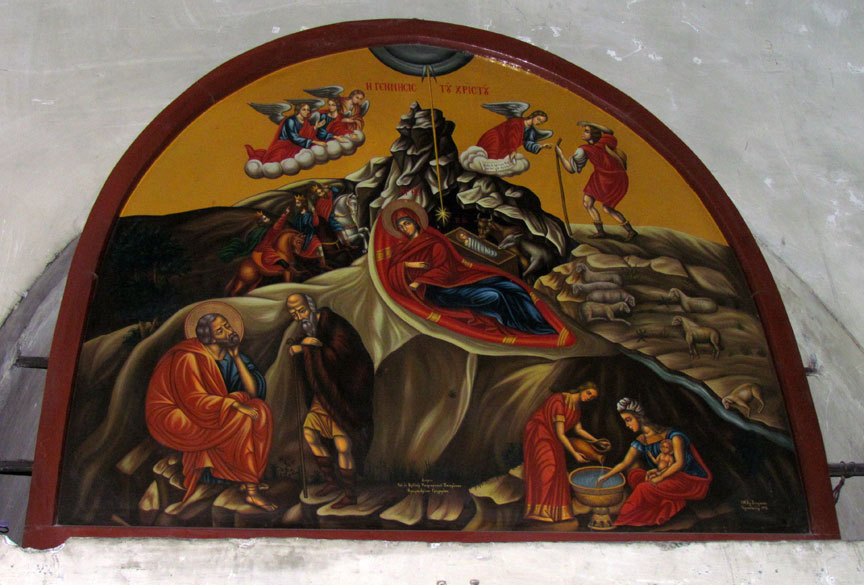
* Numerous Chapels are found in the compound as well, including the Chapel of
Saint Joseph, commemorating the angel's appearance to Joseph, commanding him to
flee to Egypt (Matthew 2:13); the Chapel of the Innocents, commemorating the
children killed by Herod (Matthew 2:16-18); and the Chapel of Saint Jerome,
where traditionally he translated the Bible into Latin (the Vulgate).
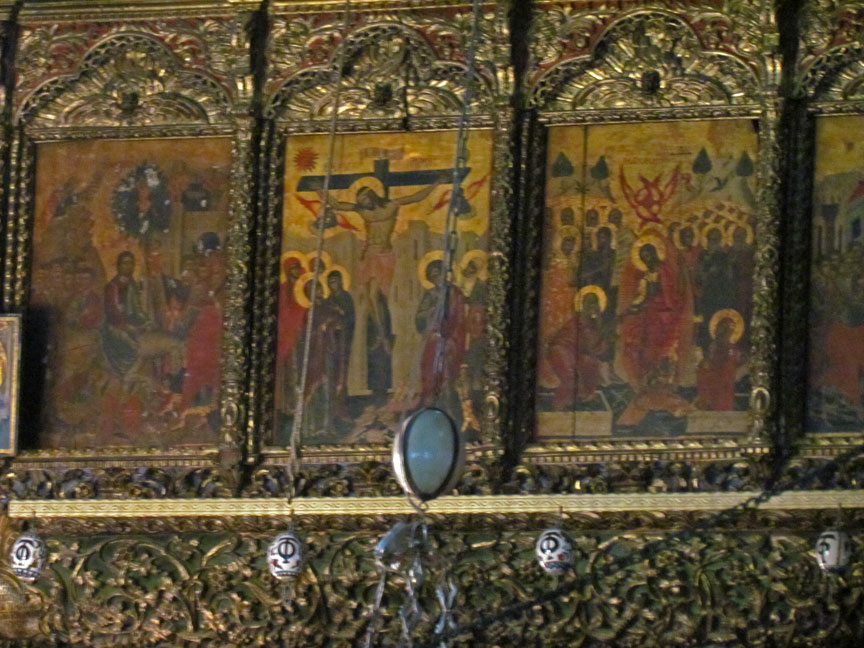
* Manger Square, a large paved courtyard in front of the Church, is the site
where crowds gather on Christmas Eve to sing Christmas carols in anticipation of
the midnight services.
Text from Wikipedia
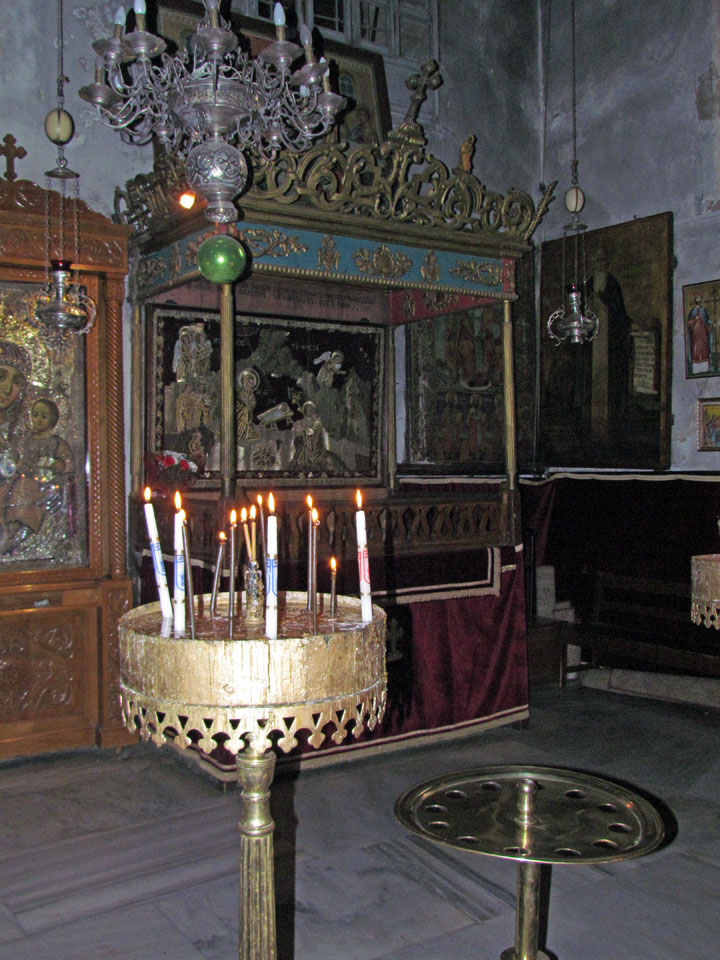
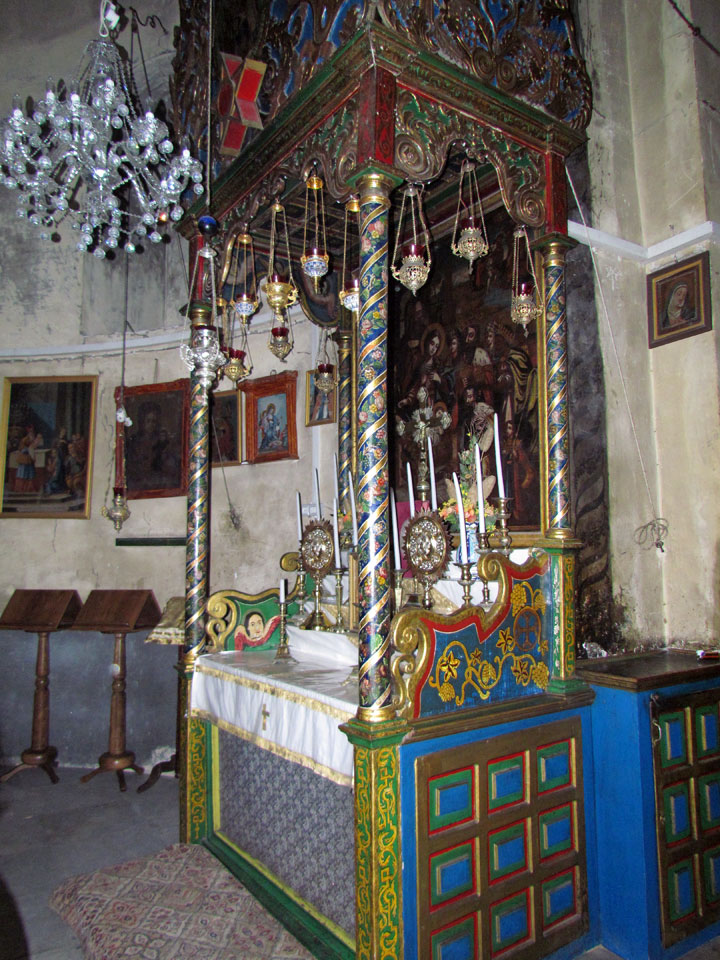
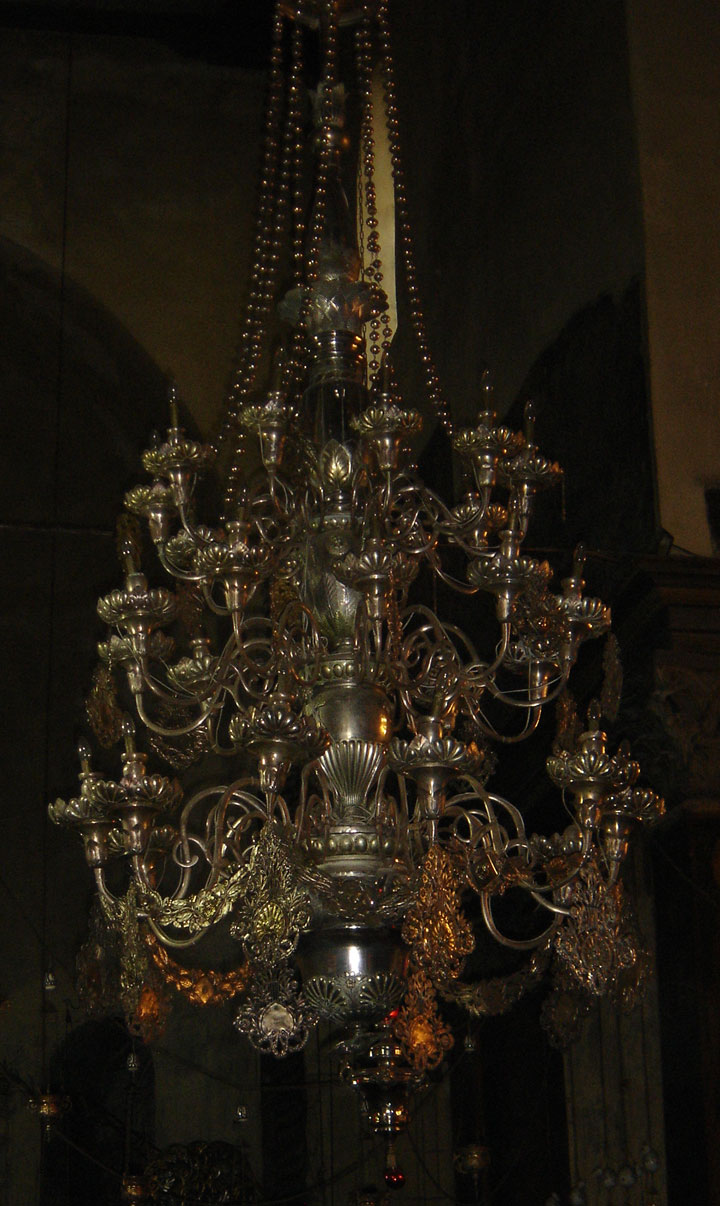
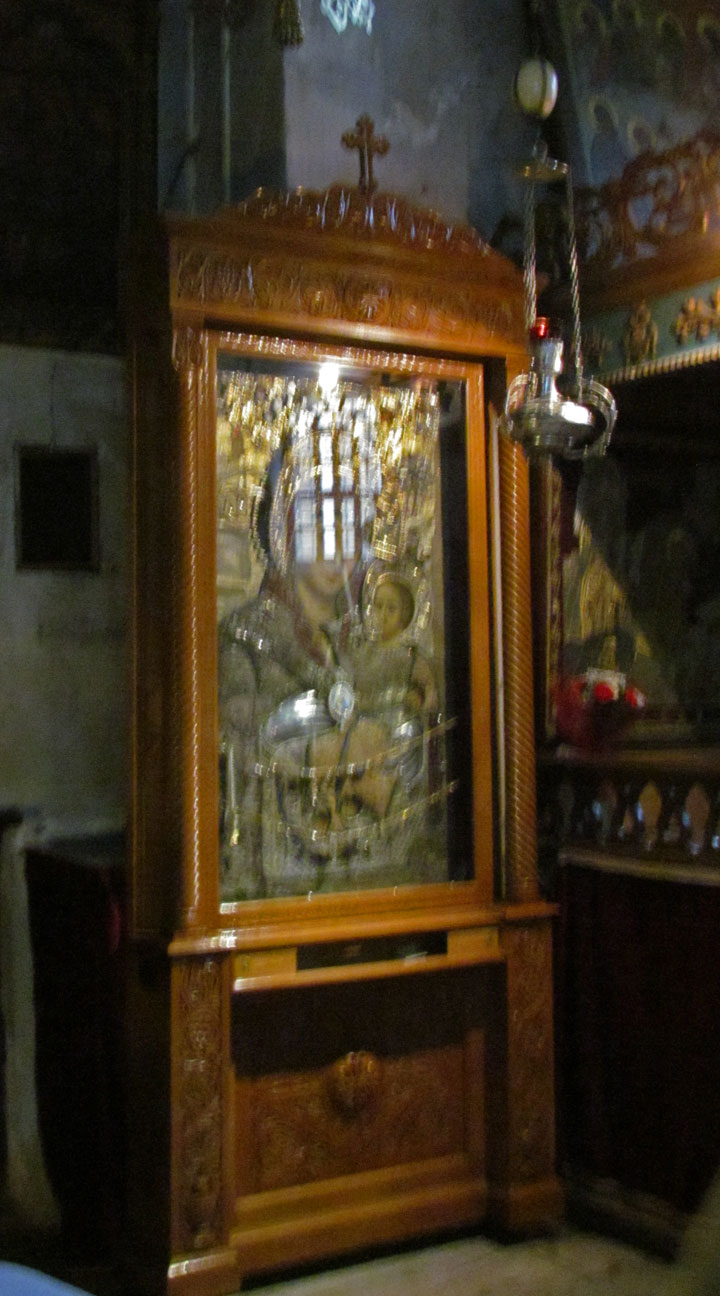
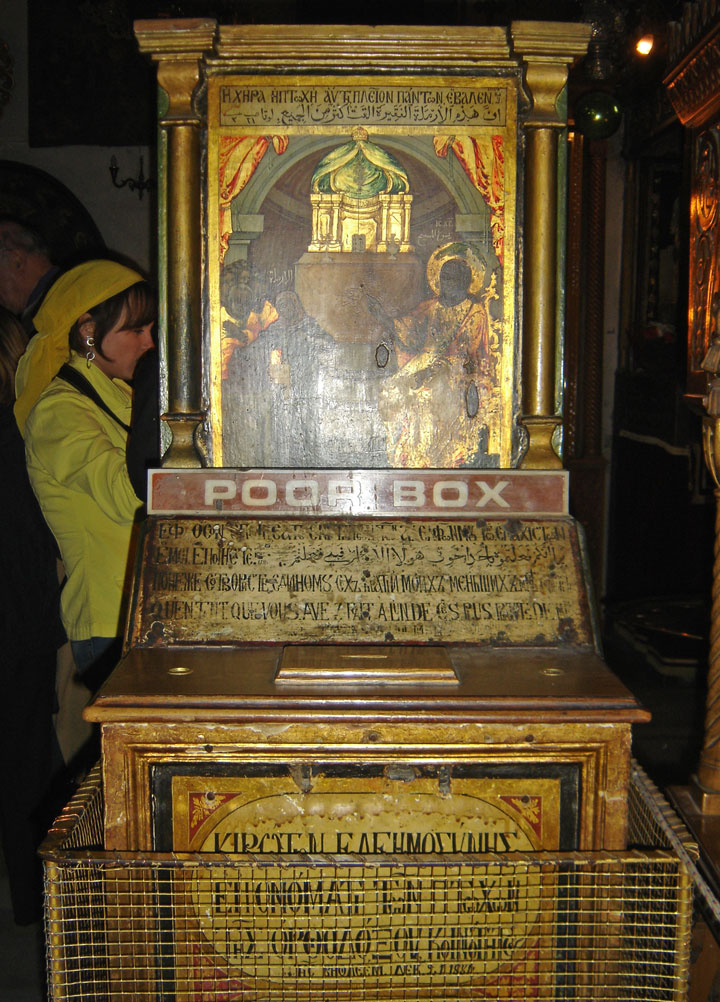
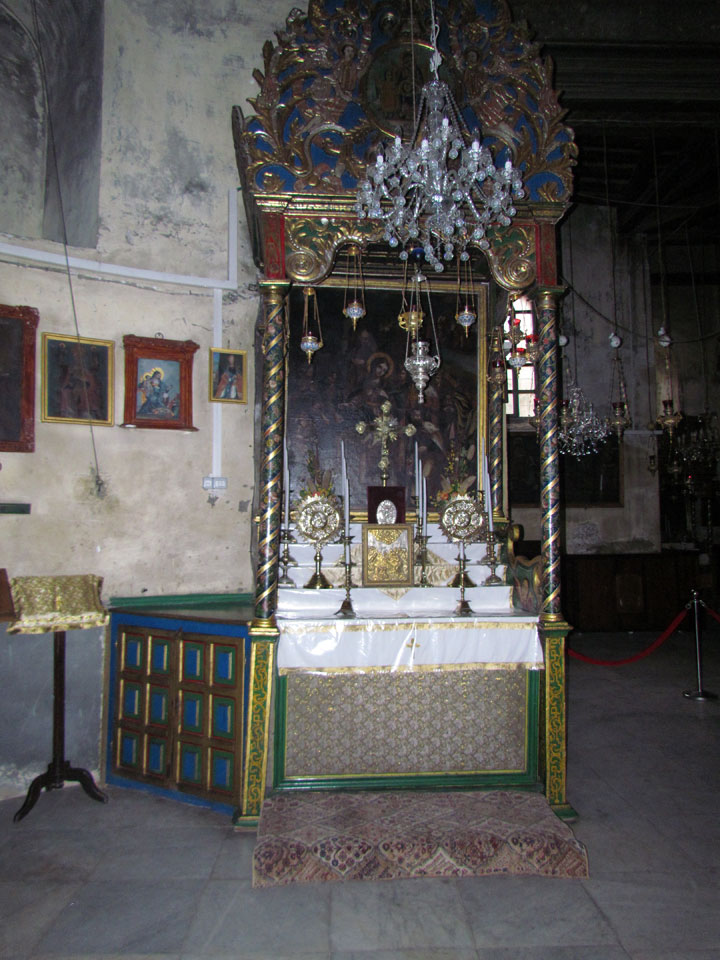

carvings on the church columns

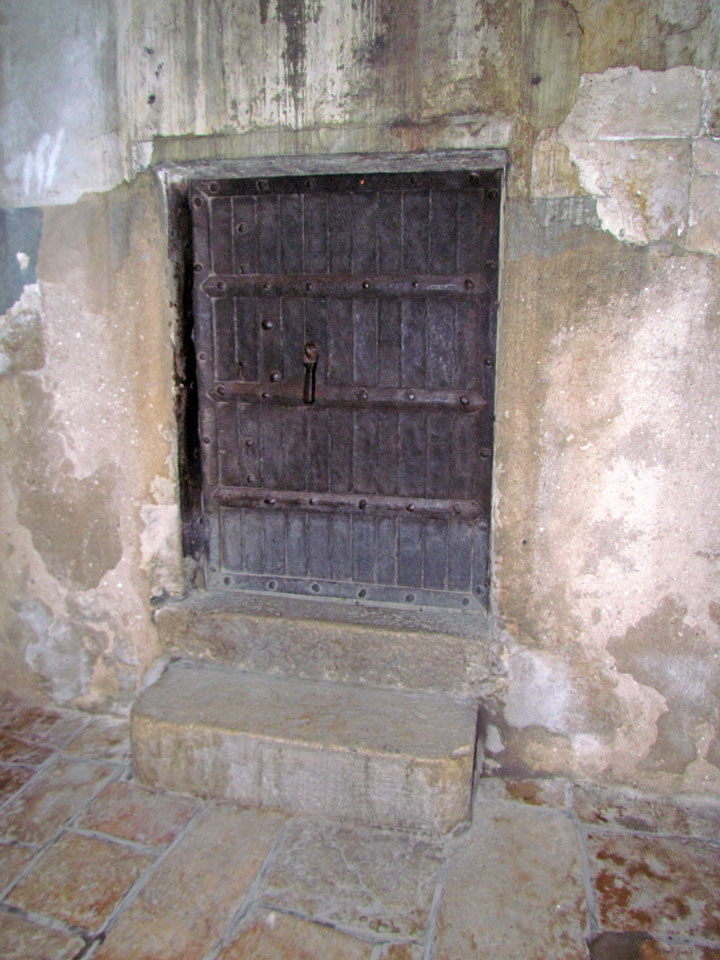
Grotto of the Nativity
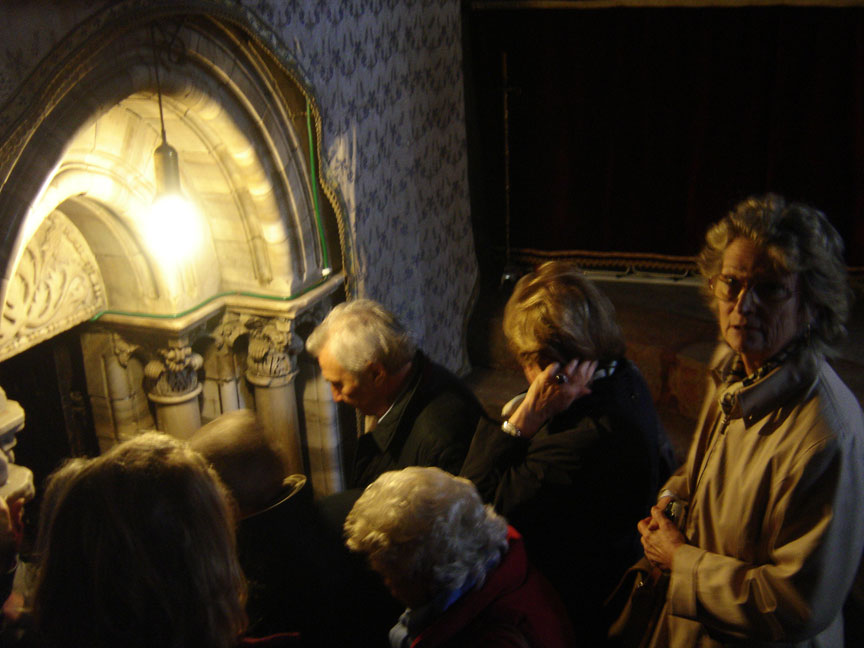
descending into the Grotto
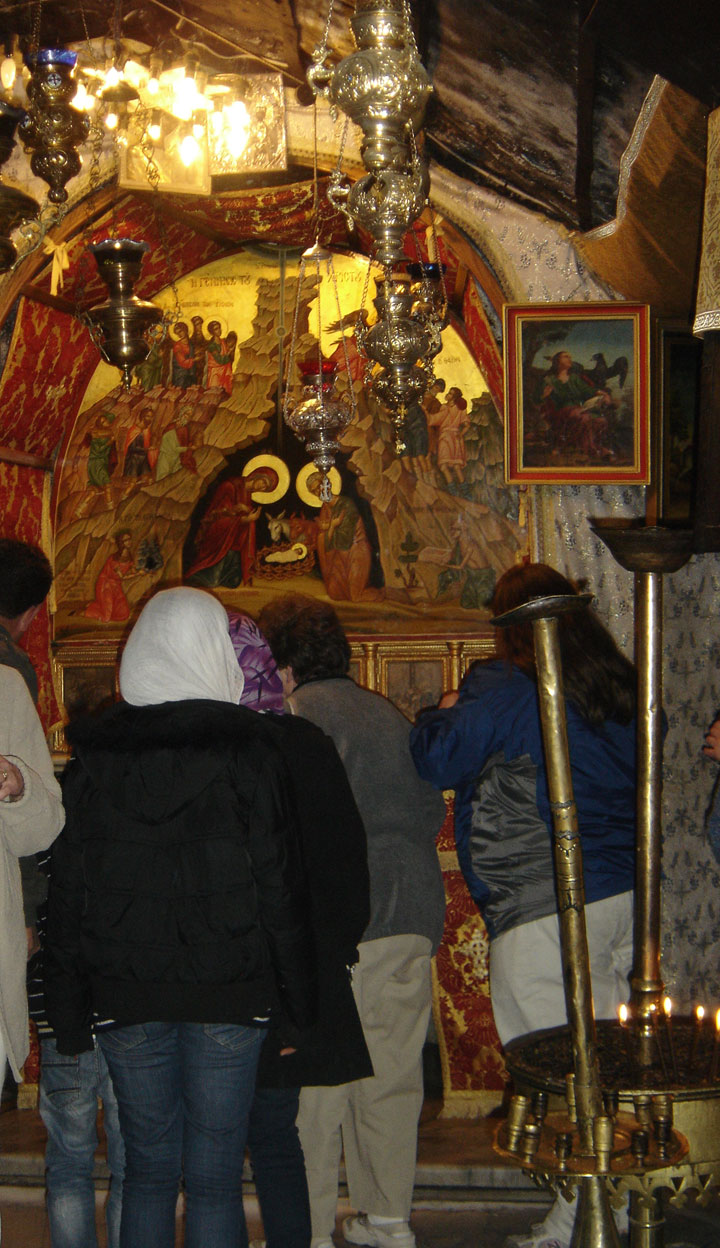
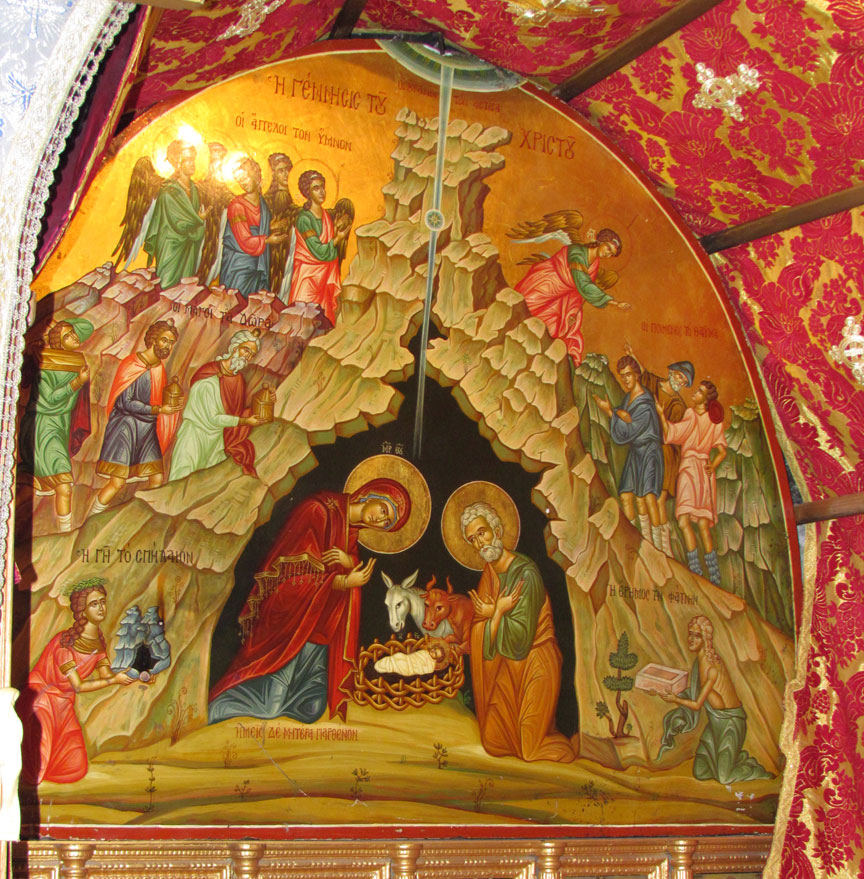
The Altar of the Nativity, beneath
which is the star marking the spot
where tradition says the Virgin Mary gave birth to Jesus.

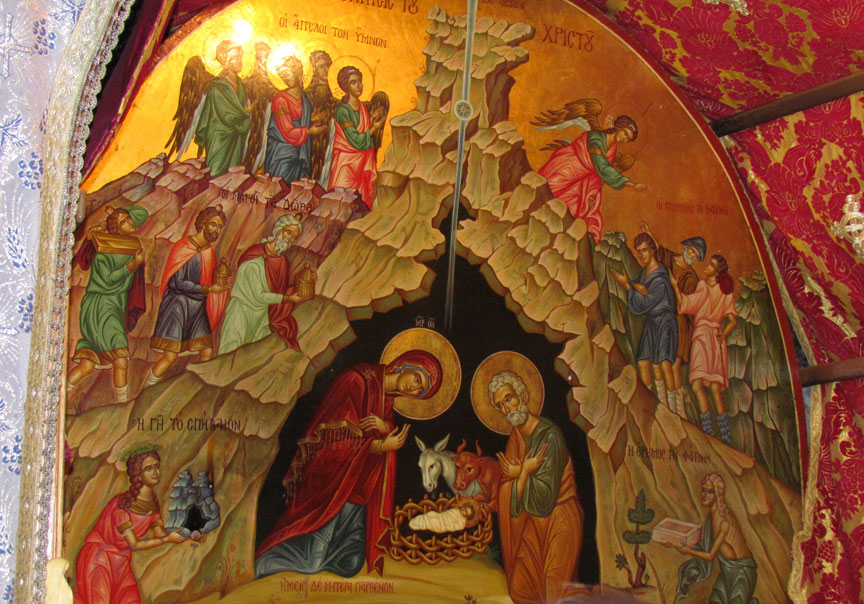

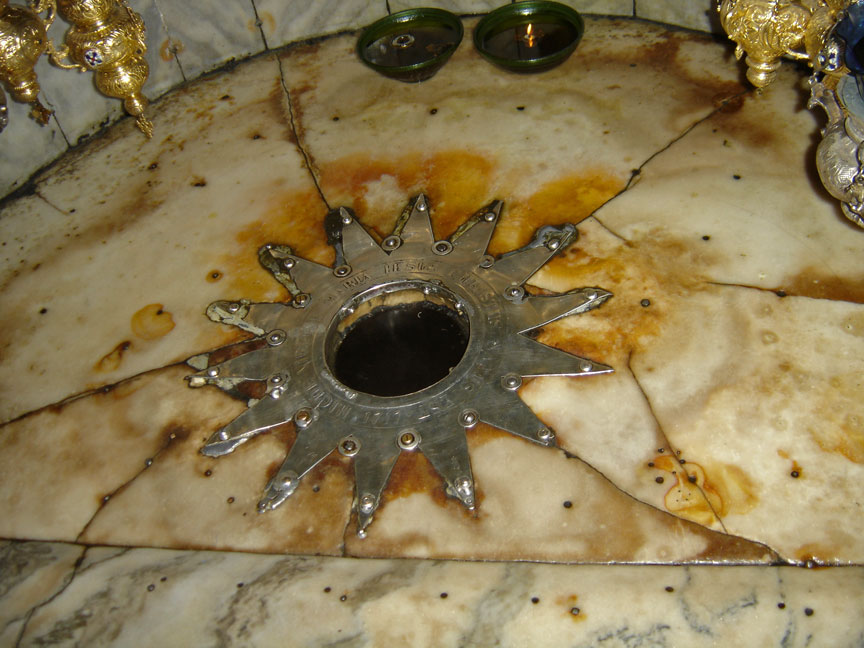
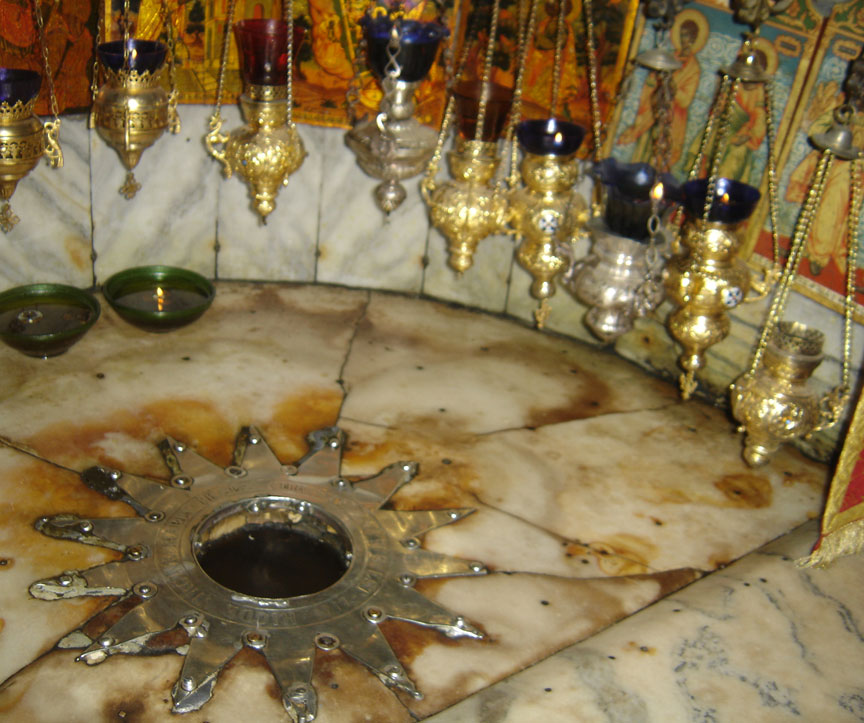
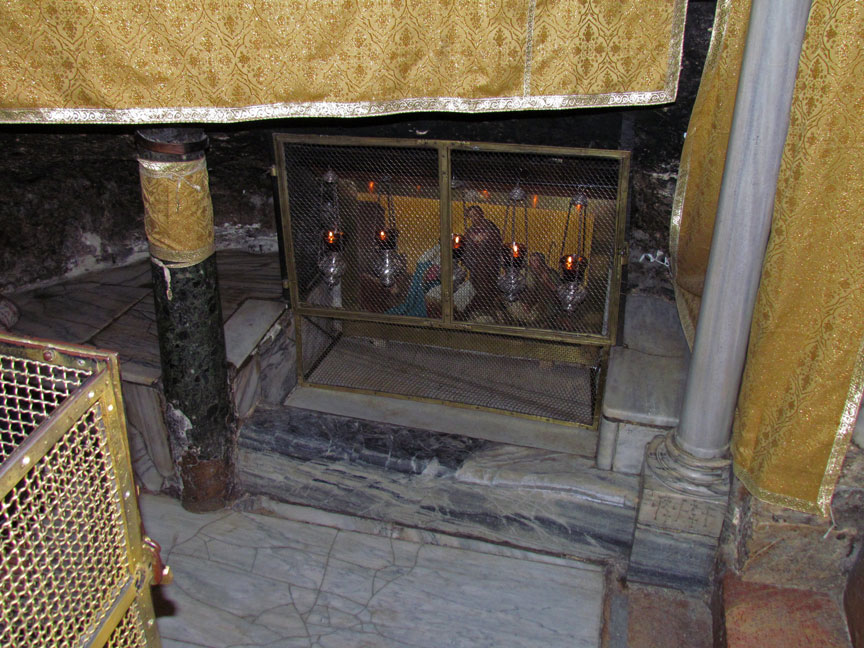
manger site

